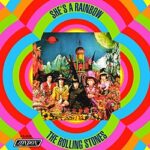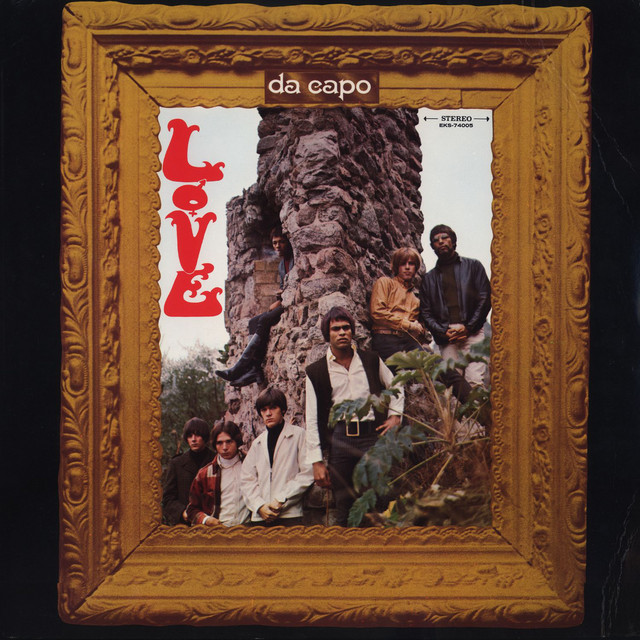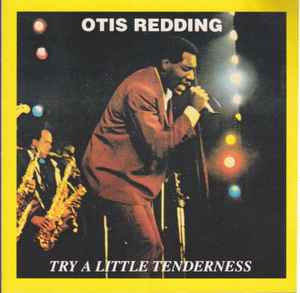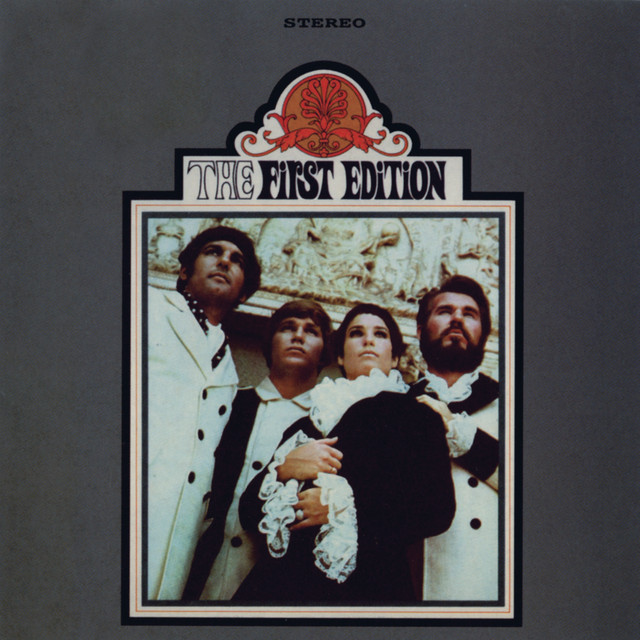 Among the catalog of The Rolling Stones, a band often associated with grit, blues swagger, and the darker edges of rock and roll, lies a sparkling gem that shimmers with color, light, and unexpected tenderness. She’s a Rainbow, from their 1967 album Their Satanic Majesties Request, is unlike almost anything else in the Stones’ discography. A song filled with orchestral flourishes, psychedelic optimism, and a kaleidoscope of imagery, it stands out as one of their most adventurous recordings. While the band has long been defined by songs like Satisfaction, Jumpin’ Jack Flash, or Sympathy for the Devil, this whimsical and delicate piece reminds listeners that even the “bad boys of rock” were capable of painting with a different palette.
Among the catalog of The Rolling Stones, a band often associated with grit, blues swagger, and the darker edges of rock and roll, lies a sparkling gem that shimmers with color, light, and unexpected tenderness. She’s a Rainbow, from their 1967 album Their Satanic Majesties Request, is unlike almost anything else in the Stones’ discography. A song filled with orchestral flourishes, psychedelic optimism, and a kaleidoscope of imagery, it stands out as one of their most adventurous recordings. While the band has long been defined by songs like Satisfaction, Jumpin’ Jack Flash, or Sympathy for the Devil, this whimsical and delicate piece reminds listeners that even the “bad boys of rock” were capable of painting with a different palette.
In this article, we’ll explore the origins of She’s a Rainbow, the context of the era, its intricate musical design, its cultural afterlife, and why it remains one of the most beautiful outliers in The Rolling Stones’ massive body of work.
A Psychedelic Experiment in a Tumultuous Year
1967 was the year of psychedelic rock. The Summer of Love reshaped music and culture, with artists like The Beatles, Jimi Hendrix, Jefferson Airplane, and The Doors pushing boundaries of sound, style, and subject matter. For the Rolling Stones, who had spent the previous years cultivating a reputation as the dangerous alternative to The Beatles’ clean-cut charm, this was a challenging moment. The Stones were under immense pressure, not only from shifting cultural tides but also from the police and press in Britain who saw them as symbols of youthful rebellion. Drug busts, tabloid scandals, and scrutiny followed them everywhere.
It was in this environment that they recorded Their Satanic Majesties Request, their response to the psychedelic wave. Often unfairly dismissed as a derivative attempt to mimic The Beatles’ Sgt. Pepper’s Lonely Hearts Club Band, the album has aged into something more interesting: a deeply flawed but fascinating record that shows the Stones stretching beyond their comfort zone. In the middle of its strange, experimental textures, She’s a Rainbow emerges like sunlight breaking through clouds. Where other songs on the album are murky, playful, or meandering, She’s a Rainbow is pure clarity — a burst of technicolor joy.
The Making of a Psychedelic Classic
The recording of She’s a Rainbow took place at Olympic Sound Studios in London, with producer Jimmy Miller and arranger John Paul Jones — who, within a couple of years, would go on to fame as the bassist of Led Zeppelin. Jones’ string arrangement adds a baroque pop sophistication to the track, instantly setting it apart. The harpsichord, played by Stones pianist Nicky Hopkins, provides a delicate, almost Elizabethan touch, while the rolling basslines and crisp percussion keep it firmly in the rock idiom.
Lyrically, Mick Jagger delivers a series of kaleidoscopic images, comparing the song’s subject to a living rainbow. The lyrics aren’t meant to be literal — they are impressionistic, meant to evoke feelings of color, beauty, and wonder. In a time when the counterculture was obsessed with expanding consciousness, such imagery resonated strongly. The Rolling Stones, so often accused of cynicism, created something unabashedly celebratory. Even Keith Richards later admitted that the song was “pretty and very un-Stones-like.”
Dissecting the Lyrics
“She comes in colors everywhere / She combs her hair / She’s like a rainbow…”
The lyrics immediately place the listener in a world of visual wonder. Colors are not just background — they are the essence of the woman being described. The imagery reflects the psychedelic fixation on synesthesia, where senses intertwine, and colors take on sound or feeling. The woman is not described in physical detail but rather through metaphor, making her a cosmic muse more than a person.
“She’s like a rainbow / Coming, colors in the air / Oh, everywhere / She comes in colors.”
This chorus is both simple and hypnotic, like a mantra. It reinforces the song’s purpose as an ode to joy and beauty, elevating the subject into an almost mythic figure. In contrast to darker Stones tracks from the same era, such as 2000 Light Years from Home, this song is luminous.
“She shoots colors all around / Like a sunset going down…”
The natural imagery continues, blending the human form with the environment, suggesting that the beauty being described transcends the individual. She is not just a woman — she is nature itself, painted in every shade of the rainbow.
The Sound of Light and Color
Musically, She’s a Rainbow is an exercise in contrasts. On one hand, it features lush orchestration, a delicate piano line, and playful strings. On the other hand, the Stones’ rhythm section grounds the song with a steady pulse. Brian Jones, often regarded as the band’s most musically adventurous member, added Mellotron textures that contribute to the dreamlike quality.
The result is a song that feels simultaneously classical and modern, whimsical and grounded. It is psychedelic, but not in the heavy, distorted sense of Hendrix or Cream — rather, it is psychedelic in the way a prism refracts sunlight. Every element contributes to the sensation of color bursting forth, as if the song itself is a rainbow.
Reception and Legacy
Upon its release in December 1967, She’s a Rainbow received a mixed reception. The album it was attached to was widely panned by critics who saw it as the Stones’ failed attempt to keep up with The Beatles. But the song itself managed to stand out. In the United States, it reached No. 25 on the Billboard Hot 100, proving that despite the chaos surrounding the band, their ability to craft pop magic remained intact.
Over the decades, however, She’s a Rainbow has grown in stature. It has been used in commercials, films, and television shows, often to evoke a sense of nostalgia and wonder. For many modern listeners, it feels like a lost Beatles track — though its distinct Stones edge makes it something unique. Fans and critics alike have come to see it as one of the finest moments of Their Satanic Majesties Request, and a reminder that the Stones were capable of more than blues riffs and rock bravado.
The Stones and Psychedelia: A Brief Detour
The Rolling Stones are not typically associated with psychedelia. Their essence lies in blues-rock grit, in the swagger of Brown Sugar or Street Fighting Man. Yet in 1967, they found themselves briefly swept into the technicolor tide. She’s a Rainbow and 2000 Light Years from Home are the best examples of this detour, both displaying a fascination with soundscapes and imagery far removed from their usual style. After 1967, the Stones quickly pivoted back to the rootsy, earthy rock they were known for, releasing Beggars Banquet in 1968, an album that marked their return to form.
This makes She’s a Rainbow even more special. It is a snapshot of a band experimenting at the height of psychedelic culture, a reminder that even the most grounded artists can briefly take flight into uncharted territory.
A Song Rediscovered
Part of the song’s enduring legacy comes from its rediscovery in pop culture. In the 1990s, She’s a Rainbow gained new visibility through its use in commercials, including a memorable one for Apple’s iMacs, which leaned heavily on the song’s colorful imagery. More recently, it has appeared in films such as The Man from U.N.C.L.E. (2015) and Cruella (2021), proving that its charm is timeless. Each new use introduces it to another generation of listeners, many of whom may not realize they are hearing The Rolling Stones at their most whimsical.
The Contradictions of Beauty
Part of what makes She’s a Rainbow fascinating is its placement in the Stones’ catalog. This was a band defined by danger, rebellion, and often darkness. Their songs dealt with sex, drugs, violence, and politics in ways that pushed boundaries. Yet here is a song that is unabashedly beautiful, bordering on innocent. It complicates the narrative of the Rolling Stones as one-dimensional rebels.
This contradiction — between their reputation and this shimmering moment of psychedelic joy — is what makes the song endure. It’s a reminder that even the most dangerous bands can have a soft side, and that even in turbulent times, beauty finds a way to surface.
Influence on Later Artists
The lush orchestration and baroque pop qualities of She’s a Rainbow anticipated sounds that would later be embraced by artists in the chamber pop and indie rock scenes. Bands like The Flaming Lips, Belle and Sebastian, and even Radiohead (particularly in OK Computer) have drawn on similar blends of orchestration and rock structure.
The song also provided a model for how rock bands could embrace whimsy without sacrificing authenticity. While some fans initially saw it as “un-Stones-like,” its survival and popularity show that authenticity doesn’t always mean repeating the same formula. Sometimes, it means daring to surprise.
A Technicolor Memory
To this day, She’s a Rainbow remains one of the most requested deep cuts in the Stones’ live repertoire. Though it vanished from their setlists for decades, they revived it in recent tours, often to ecstatic responses. For audiences used to the swagger of Gimme Shelter or Start Me Up, hearing She’s a Rainbow live is like being given a sudden bouquet of color. It feels fresh, surprising, and joyful, even more than 50 years after its release.
Why It Endures
Ultimately, the endurance of She’s a Rainbow lies in its universality. The song is about beauty, joy, and wonder — things that never go out of style. Its imagery is vague enough to let listeners project their own experiences onto it, while its melody and arrangement are so striking that they stay in the mind long after the song ends.
It is both a product of its time and timeless. It speaks to the psychedelic optimism of 1967, yet it also feels relevant today, in an era where we still seek out moments of color in a world that can feel gray.
Conclusion: A Rainbow Among Stones
The Rolling Stones’ career has stretched across decades, continents, and countless stylistic shifts. They are, by most measures, the greatest rock and roll band in history. And yet, in the middle of their catalog lies this strange, beautiful anomaly: She’s a Rainbow. It may not be their most famous song, nor their most representative, but it is one of their most magical.
In its three minutes of orchestral pop, it captures the spirit of an era, the curiosity of a band willing to experiment, and the eternal human need for beauty. For a group defined by grit, rebellion, and swagger, it is a reminder that even the hardest stones can shine in every color of the rainbow.


